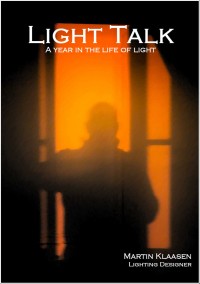Lighting design to compliance
Singapore 29th November 2011
Today we spent quite some time making sure our lighting design submission was in compliance with the lighting standards specified by the client. We generally do not design for lux meters, but there are certain applications were compliance to lighting
level standards is a must. These are mostly functional applications such as in this case road lighting.
But the thing with calculations is that the output is as good as the operators input…”garbage in is garbage out” as they say. So you need to be skilled and knowledgeable when it comes to computer calculations and the manipulation of design factors to make sure that what is created in the calculations is an fairly accurate representation of what it will be in reality. In my early days of computer calculations for lighting we did not have AGI, Dialux or other easy to operate lighting calculation programs with near instant results. In Philips we had a big main frame computer that occupied a complete air-conditioned room and which input data had to be provided by means of hundreds of punch cards. Before the computer could actually calculate you would spent 1-2 hours punching in your cards! Then the main frame would take another few hours or so to do the calculations! We often had the computer run overnight to do the calculations!! Imagine the times when that still had to be done manually!
Now manufacturers provide us with the so called IES photometric data files which we input to the calculation program in a single action. Putting in the other design parameters such as location coordinates, height, spacing and so on is fairly straight forward. The tricky part comes when you need to achieve certain minimum levels in combination with uniformity requirements, maintenance factors, glare control etc. That is where the experienced lighting designer separates him/herself from the pack. We know instinctively what needs to be done to achieve the results and do not need to get there so much through trial and error. This is specifically the case when we ask the manufacturers to help out as their goal is selling, not necessarily achieving the best performance with the minimum amount of light fittings! The option could be 20 poles at a height of 12m with a higher performance lantern head or the same result with 30 poles at 8m with a slightly lower performance lantern head…
In Light Watch a peak at some lighting calculations ..
Light Watch 212: Calculations



 The long awaited book compilation of Martin's first year of blogging is available. Order now.
The long awaited book compilation of Martin's first year of blogging is available. Order now. Feedspot Top 100 Lighting Blogs
Feedspot Top 100 Lighting Blogs
One Comment